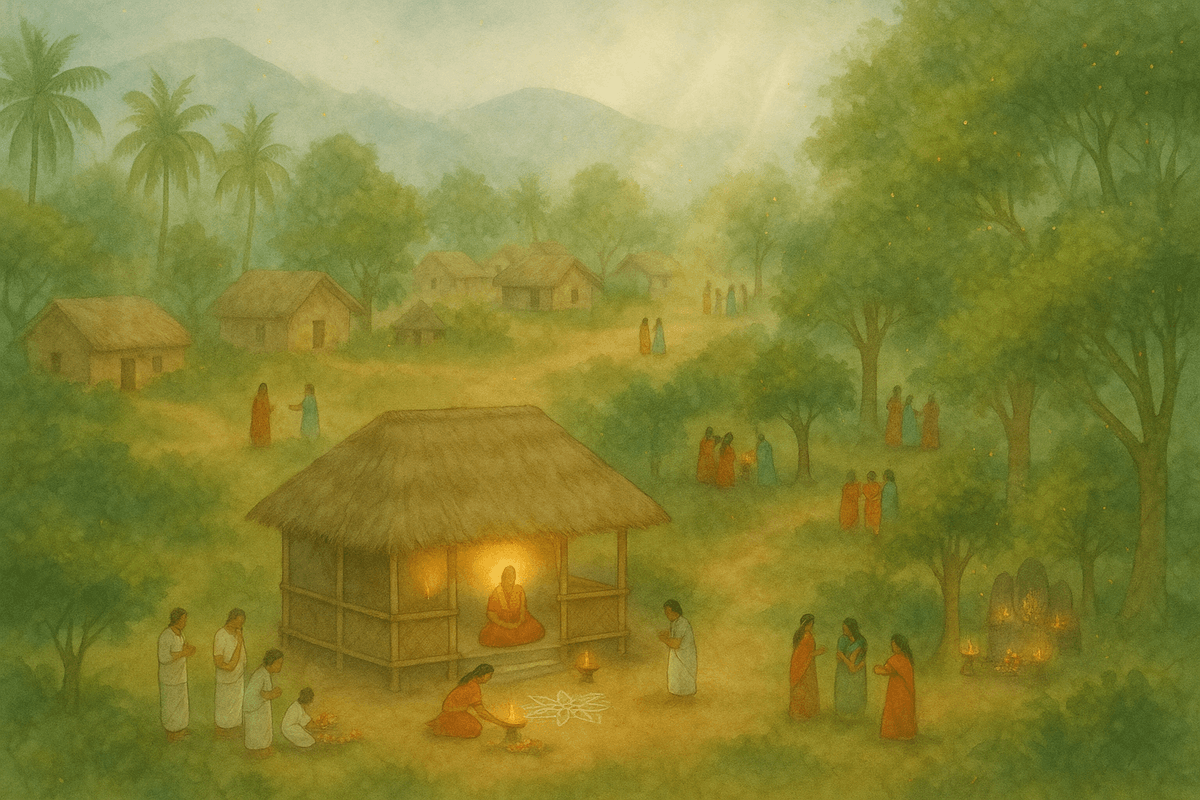Principal Presence
Principal presence: Shree Raktheshwari (Lekkisiri)
Among the deities of Tulu Nadu, Shree Lekkisiri (also known as Shree Raktheshwari) is regarded as a primordial divine force, identified in ancient lore as the sacred power of Bhumi thookadha kanyavu satya (“the maiden born of the earth, is the truth”).
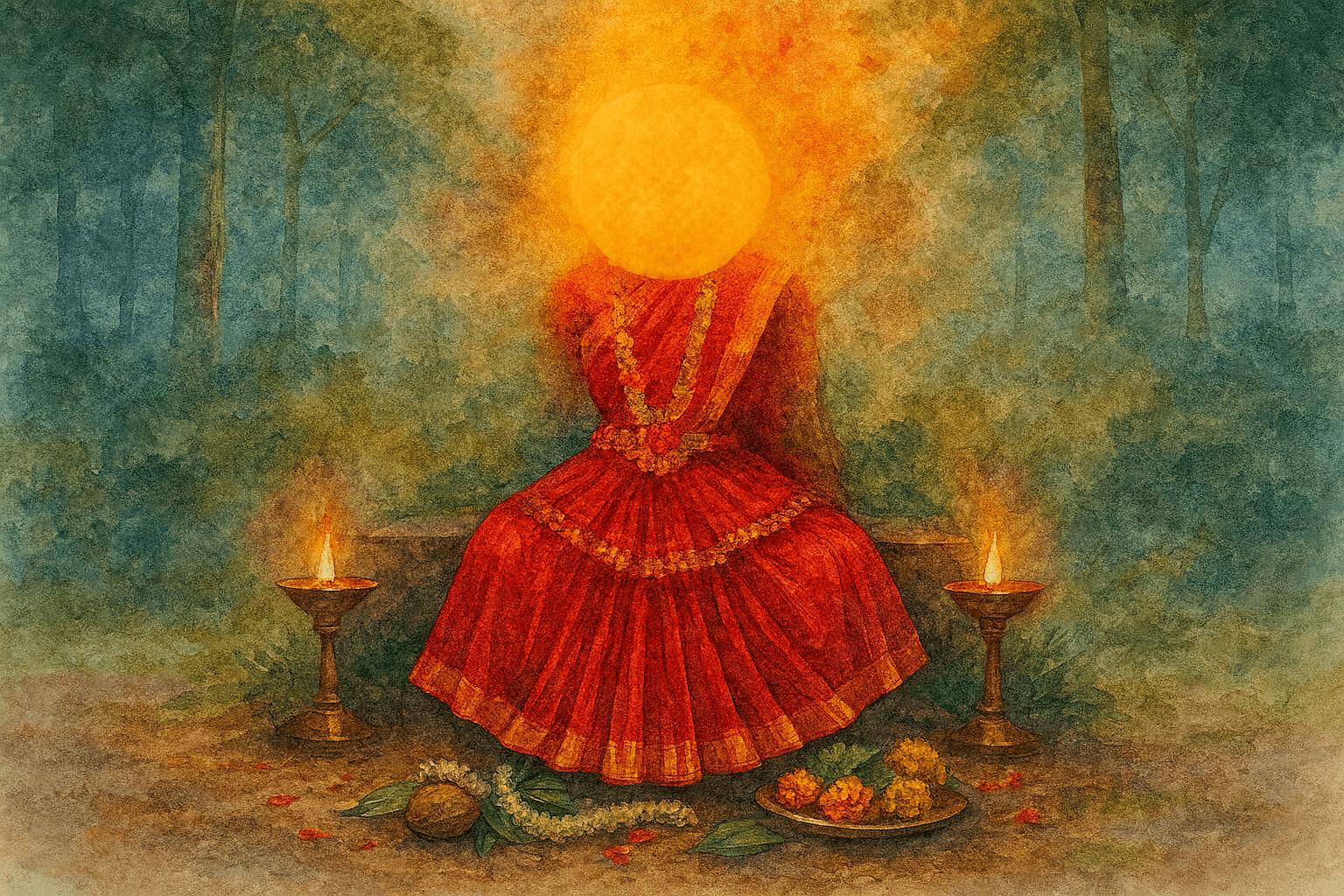
The Divine Manifestation
According to a prevailing belief in Tulu Nadu, wherever there is abundant natural beauty with shimmering water resources, or where fertile agricultural fields flourish, this goddess manifests herself spontaneously.
On one hand, she is worshipped as the Adi Shakti — the primordial mother goddess. On the other hand, she is revered as a principal deity in the traditional divine hierarchies (Kattukattale) of Tulu Nadu, and is worshipped in many villages.
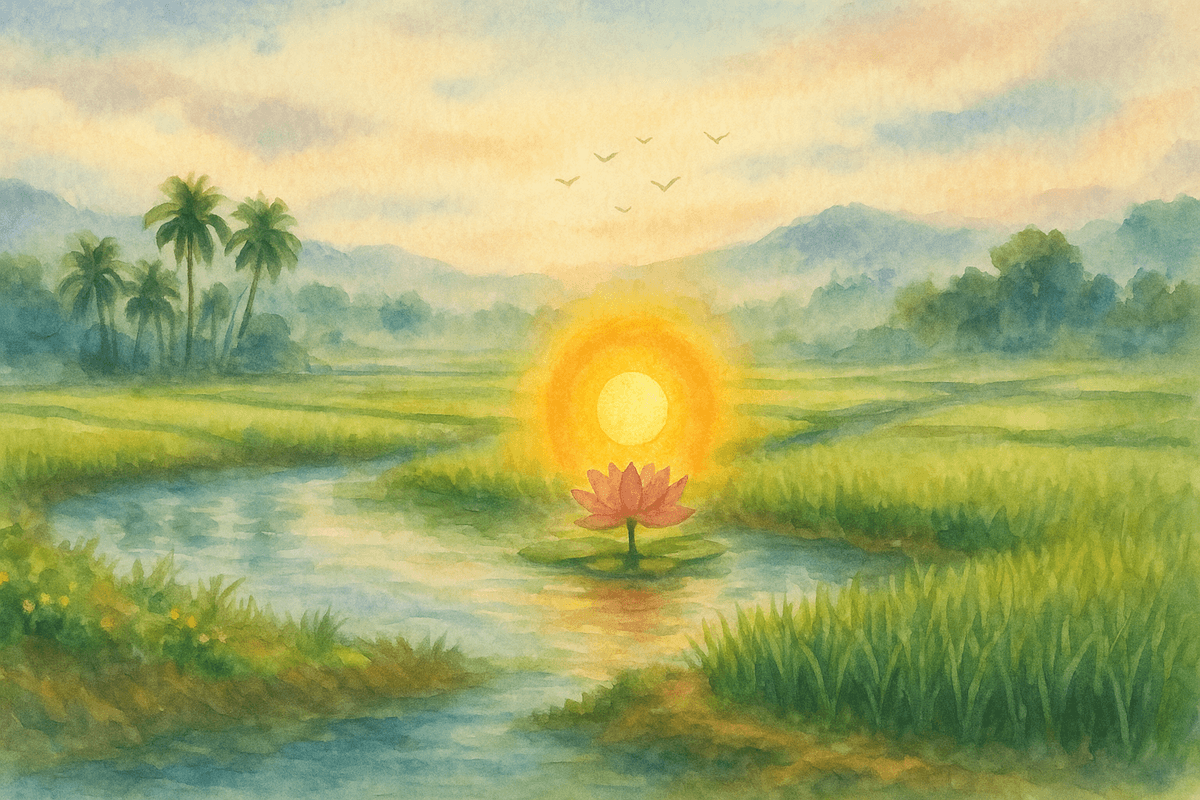
Historical Prominence
One historical account states that during the era of the Mujur Padangadi Baloli lineage, under the leadership of Banu Senava, this deity gained grand prominence through ceremonial traditions and became revered not only as a royal deity (Arasu Daiva) but also as a celebrated divine presence in various places under different names — Mujilnaya, Bannadkattaya, Arasu Padettunar, Raudra Kumare, and others.
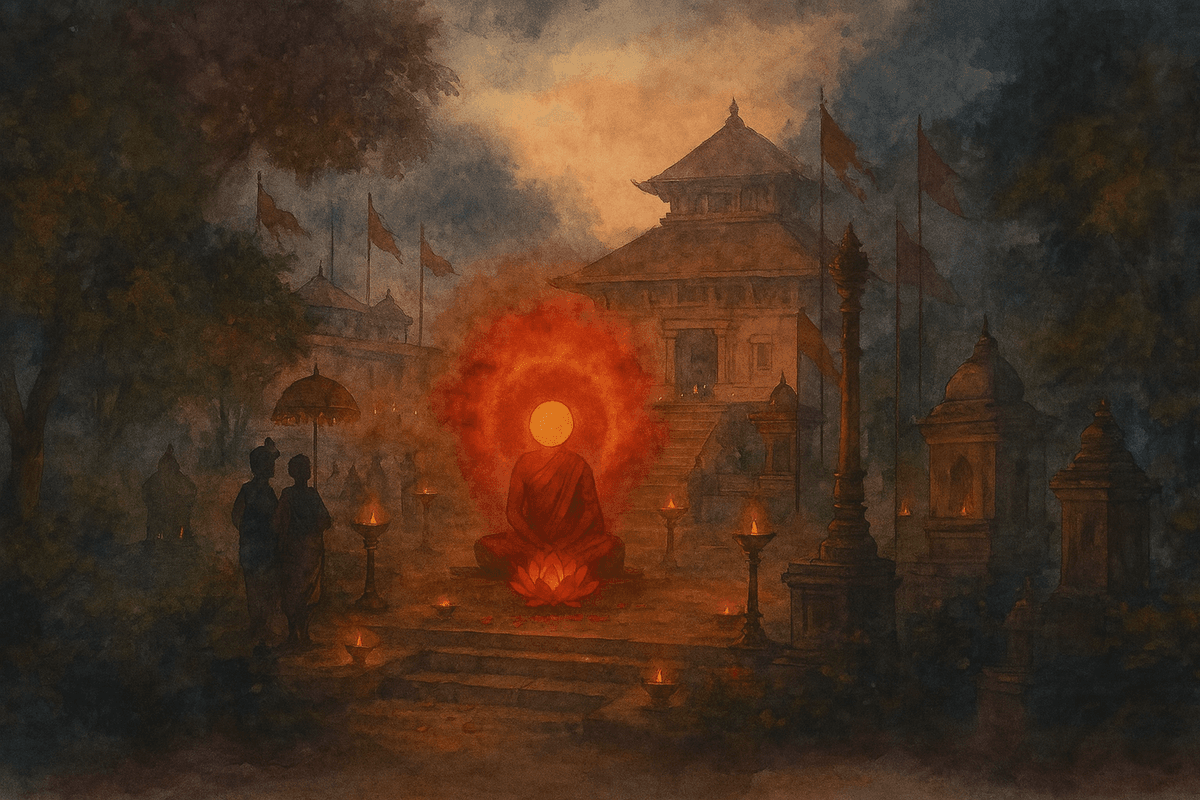
The Warrior Goddess
In many places, Raktheshwari is also worshipped in the Sanctum (Maada) as a warrior goddess (Samara Devate), depicted riding a horse, holding a shield (Kadnale Addana / Gurani) in hand.
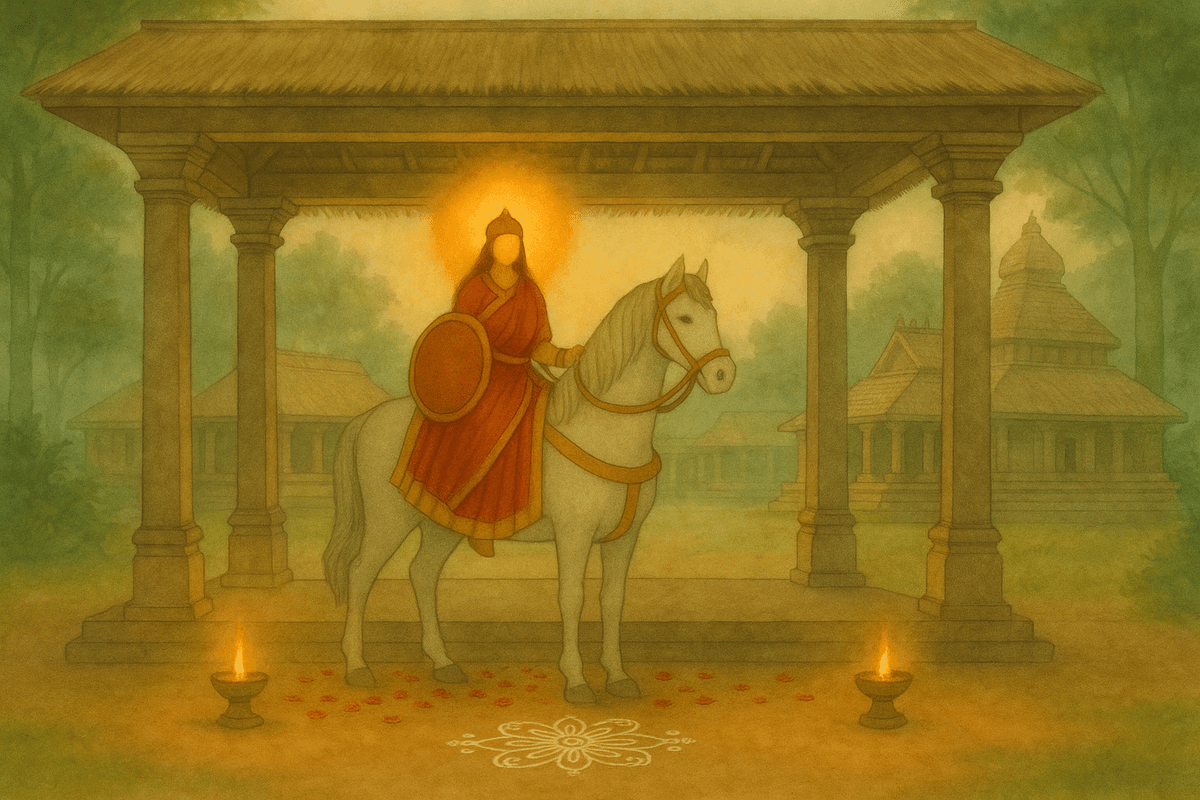
The Sacred Seat at Kuthar
Kuthar is such a holy site where this powerful, self-manifested divine presence resides. In earlier times, this goddess, recognized as the original divine force, was worshipped in the Sanctum specifically in the form of a warrior deity.

The Departure from Her Original Abode
Due to the passage of time and changing circumstances, the worship of the mother Goddess in her original soil at Kuthar eventually ceased. As a result, the mother left her treasury abode (Bhandara Mane) and moved to the Ullal region.
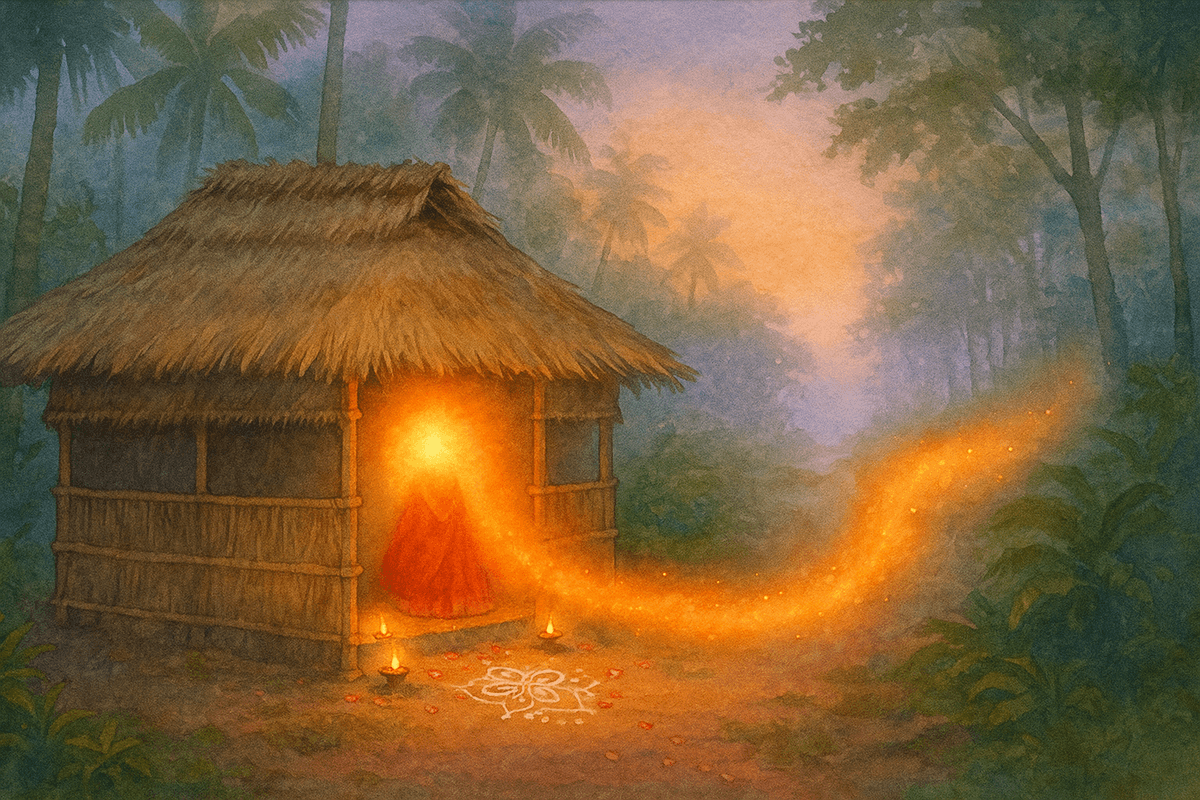
Worship at Ullal
At present, the Goddess is worshipped at the Shri Lakshmi Narasimha Temple in Ullal, and over time, she also began to be jointly worshipped at the throne (Gaddige) of Ullathi Amma at the Ullal Uliya shrine.
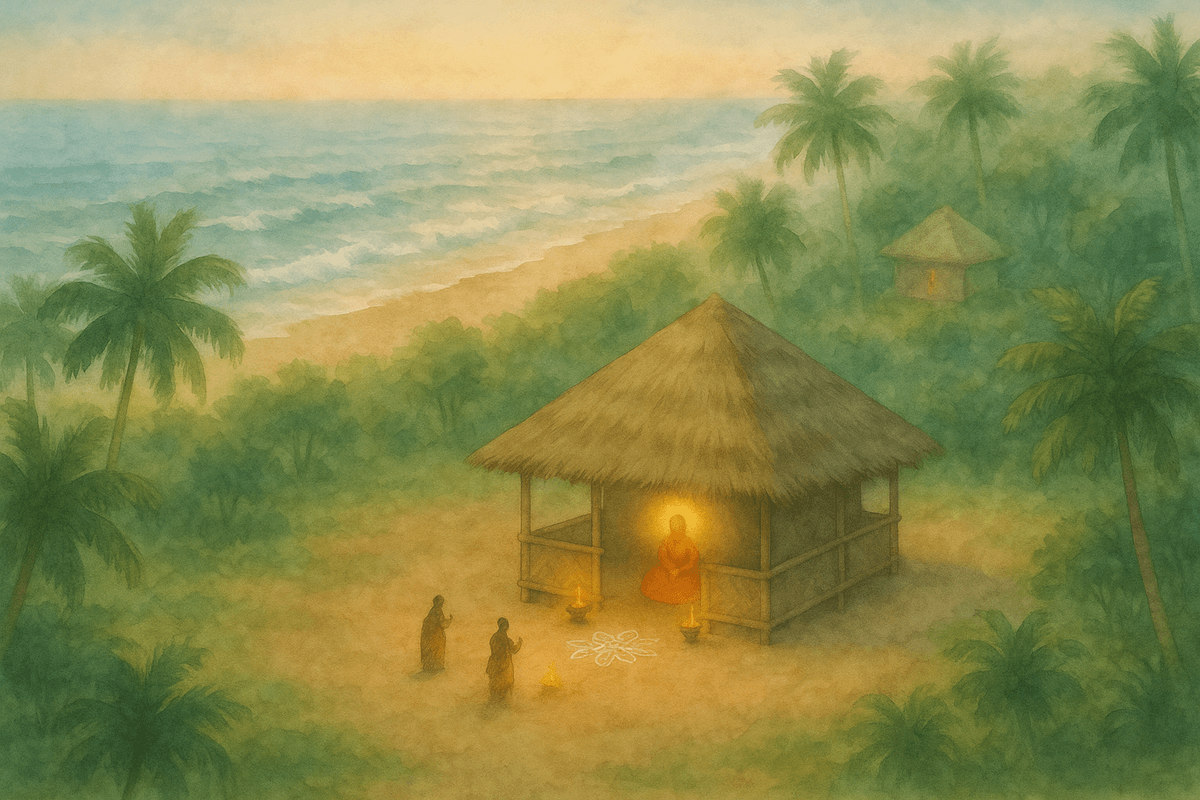
The Divine Revelation
In due course, she appeared in a dream to the spiritual head (Dharmaadarshi) of the Uliya shrine, Shri Devu Moolyanna, and instructed that she wished to return to her original soil at Kuthar and receive the Dharma Nadavali (traditional ceremonial festival).
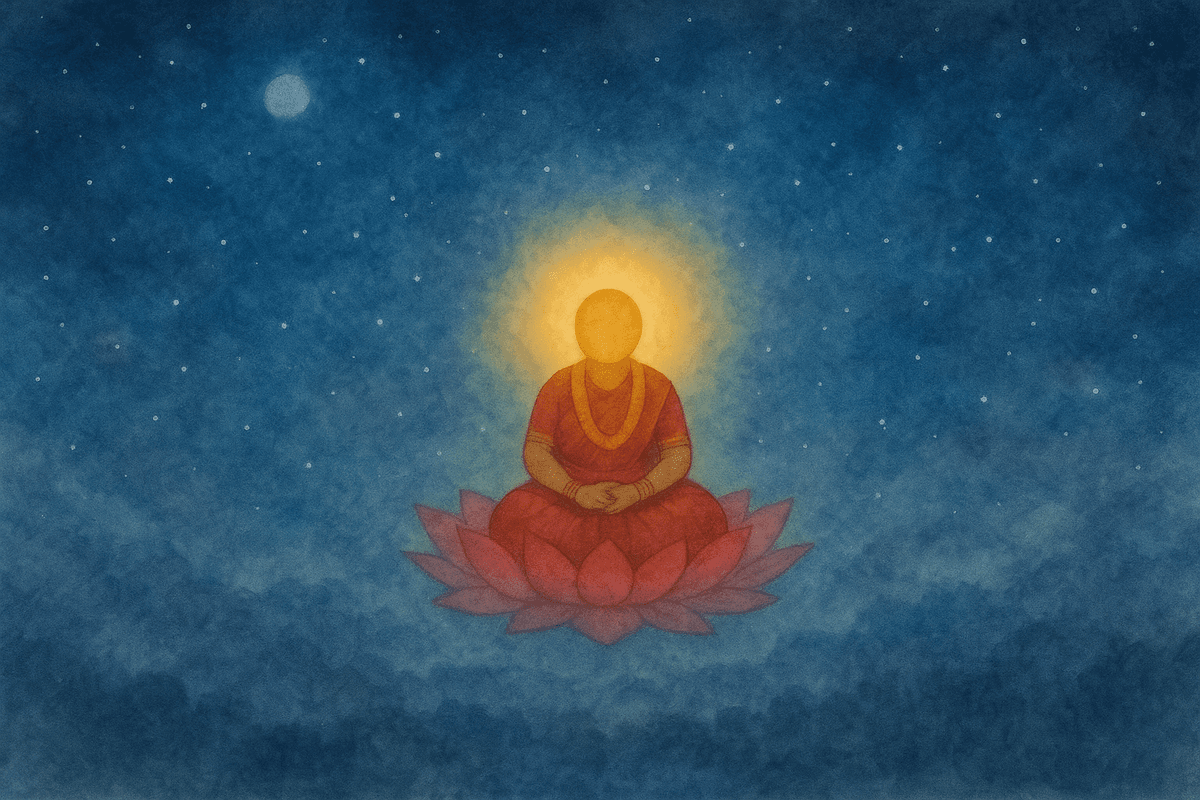
The Living Divine Force
Accordingly, the primordial Mother Raktheshwari is now revered in villages as the Gramadevate (village deity), as the Dharmadevate (protector of righteousness), as Dhanvantari Mata (goddess of health and healing), and as a major divine force in Devataraadhane (goddess worship), Daivaaraadhane (spirit deity worship), and Naagaraadhane (serpent worship).
